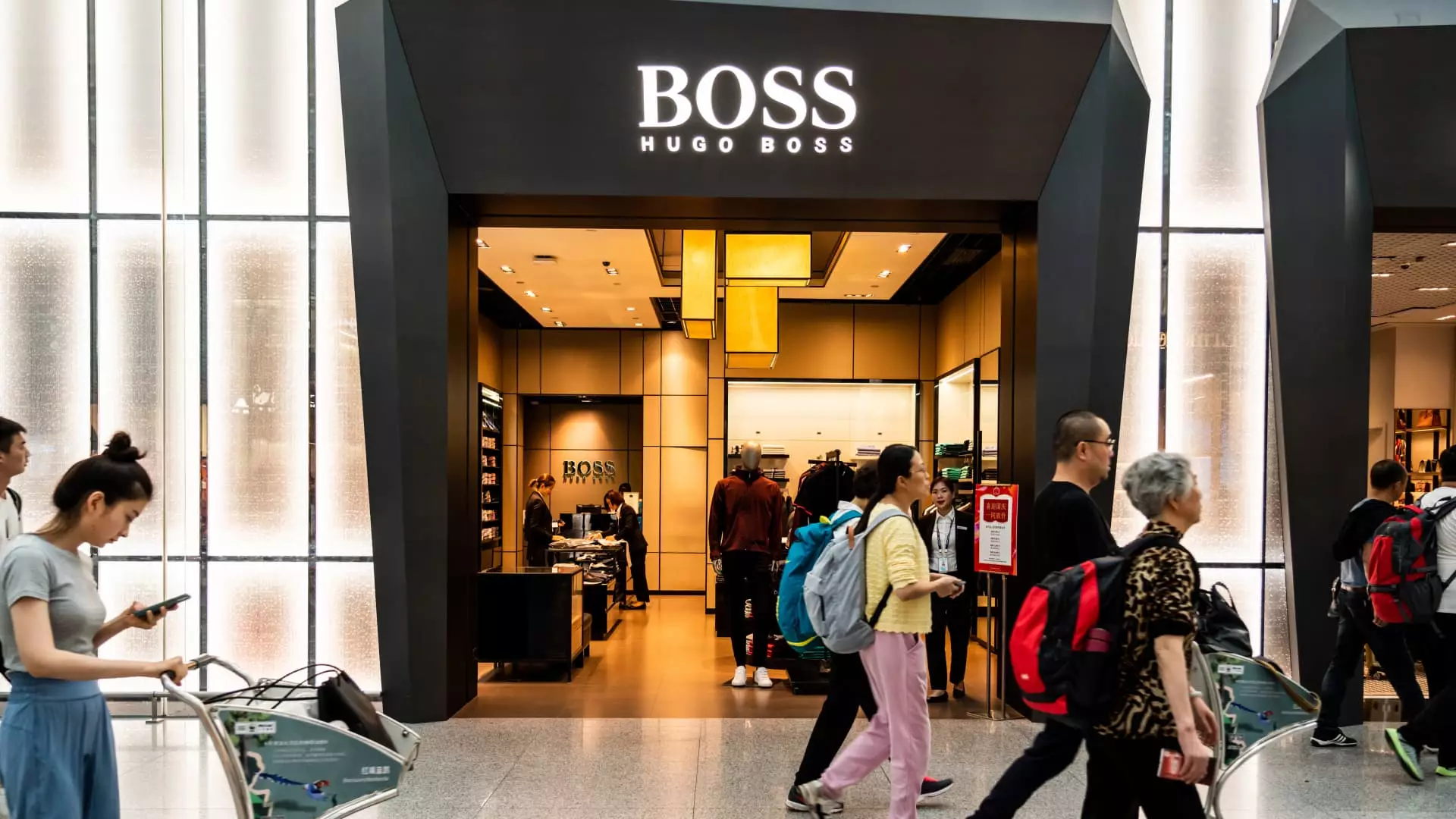The luxury fashion sector is currently facing significant challenges as economic and geopolitical uncertainties continue to persist. Hugo Boss recently cut its sales outlook, which caused its shares to drop by as much as 10%. This decision was driven by macroeconomic and geopolitical challenges, with specific mentions of struggles in the Chinese and U.K. markets. The company revised its full-year sales forecast to be lower than initially anticipated, indicating a challenging road ahead for high-end fashion brands.
Despite the challenges facing the luxury sector, Hugo Boss CEO Daniel Grieder remains confident in the brand’s ability to weather the storm. The company’s strategy involves consistent investment in its strong brands, BOSS and HUGO, to drive growth and capture market share. While the timing of any potential macroeconomic recovery remains uncertain, Hugo Boss is focused on positioning itself for long-term success in the industry.
The guidance cut from Hugo Boss marks the second revision in sales outlook for the company this year, indicating a need for adaptability in the current market environment. Second-quarter results showed a 1% decline in group sales, with significant profit slumps attributed to softer sales trends and strategic business investments. Despite these challenges, CEO Daniel Grieder remains optimistic about the company’s ability to return to profitable growth in the second half of the year.
Hugo Boss is not alone in facing economic headwinds within the luxury sector. Other high-end brands, such as Burberry and LVMH, have also reported slowdowns in sales and financial performance. Burberry, in particular, experienced a 16% drop in shares after a disappointing fiscal first-quarter performance. This trend reflects broader concerns within the luxury sector about weakening global demand and shifting consumer behaviors.
One of the primary factors impacting the luxury sector is the changing dynamics of the Chinese market. Chinese consumer spending has been a significant driver of growth for luxury brands in recent years. However, weaker demand and economic challenges within China have put pressure on the industry. Despite this, there are signs of resilience, with many Chinese shoppers shifting their purchases back to overseas markets as travel restrictions ease.
Looking Ahead in the Luxury Sector
As the luxury sector continues to navigate economic uncertainties and shifting consumer behaviors, brands like Hugo Boss will need to remain agile and adaptable. Investing in brand strength and market share will be crucial for long-term success in a rapidly changing industry landscape. By understanding and responding to macroeconomic challenges, luxury brands can position themselves for sustainable growth and profitability in the future.

